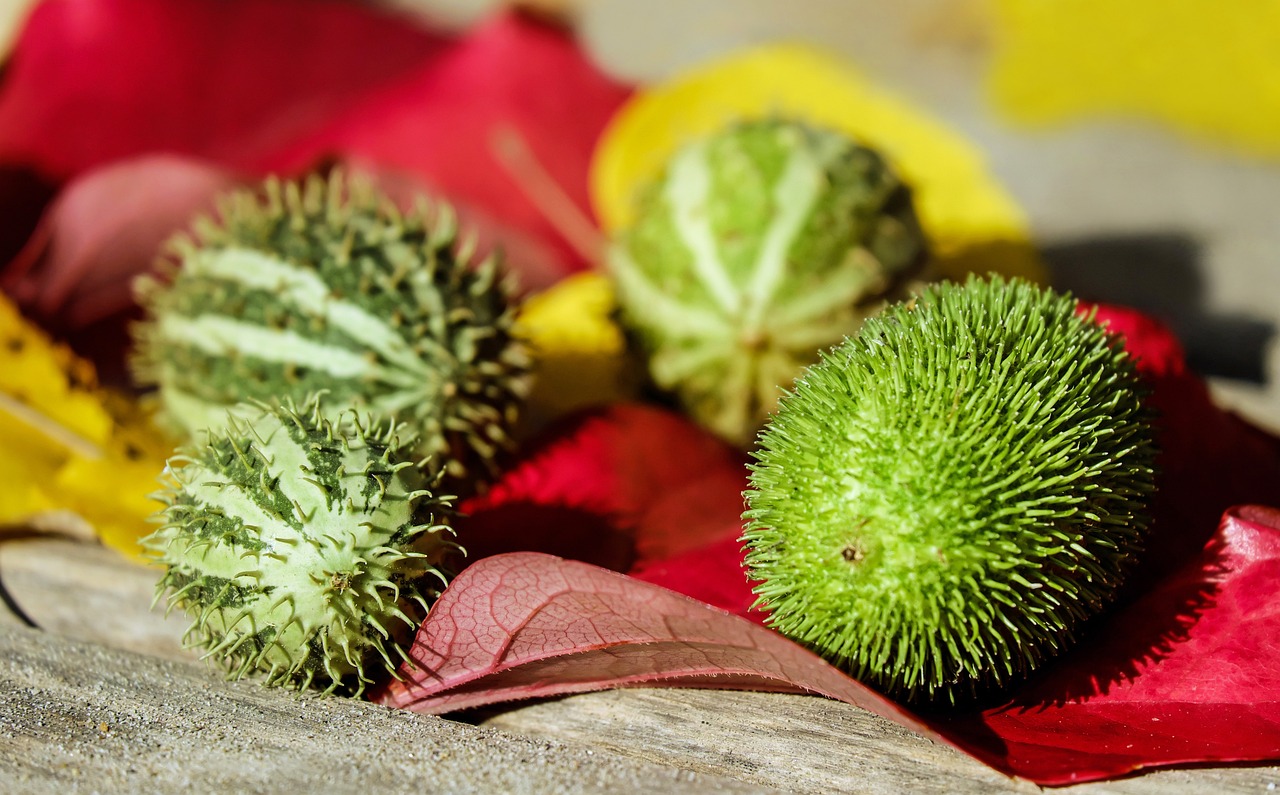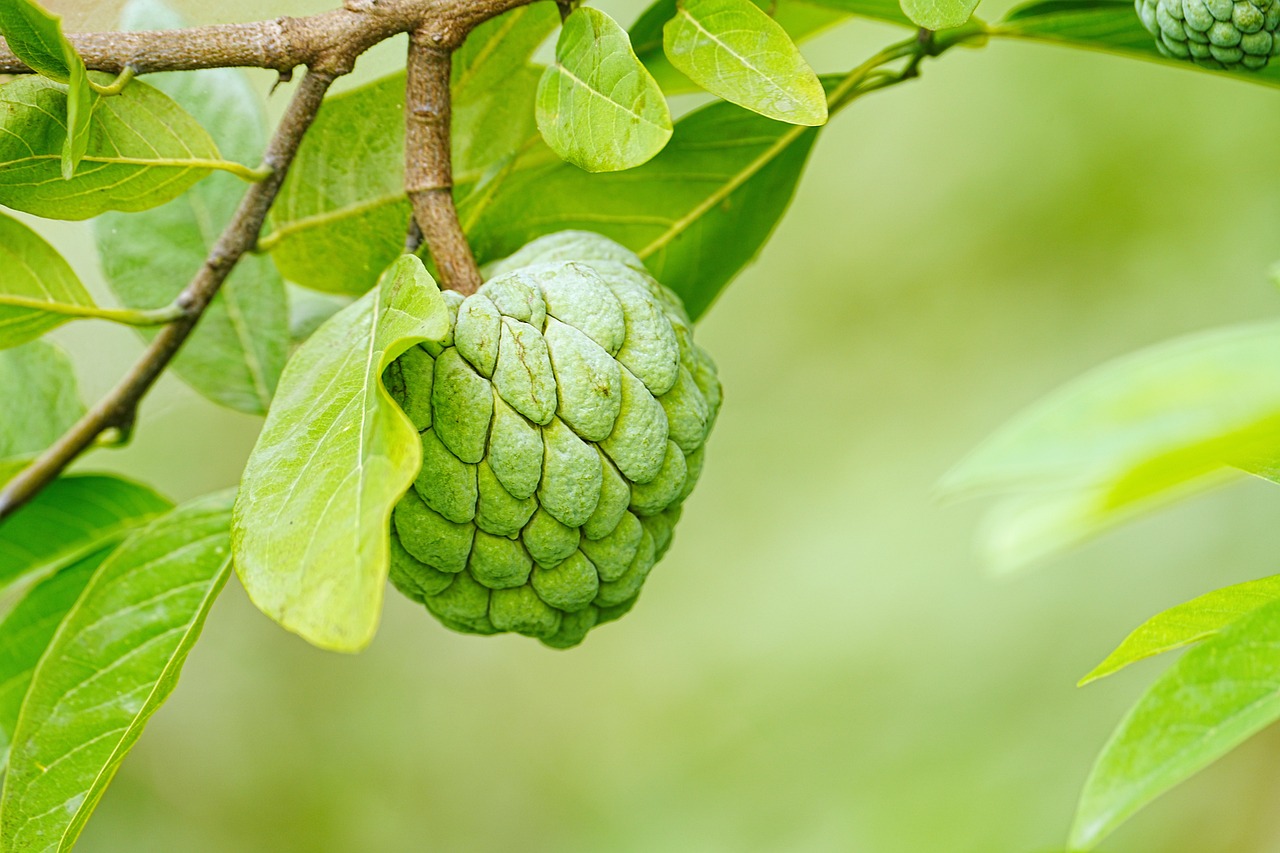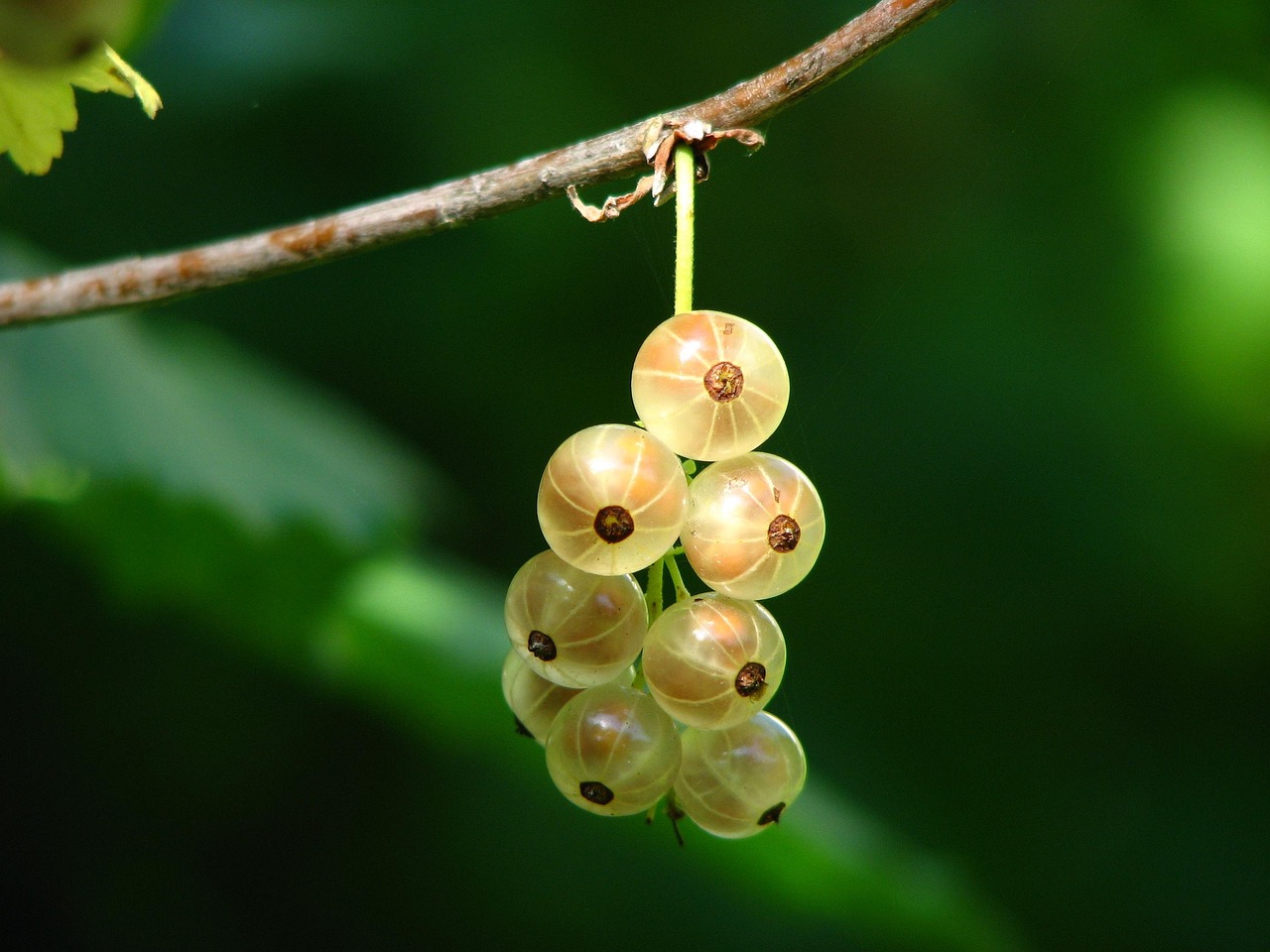Yes, white fruits do exist! These unique and often overlooked fruits not only add variety to our diets but also pack a powerful punch in terms of nutrition. In this article, we will explore the fascinating world of white fruits and their remarkable benefits.
Fruits come in various colors, each with its own set of nutrients and health benefits. While many people are familiar with vibrant red, yellow, and green fruits, white fruits can be equally nutritious and delicious. These fruits are often rich in vitamins, minerals, and antioxidants that contribute to a healthy diet. Additionally, they can be a great source of hydration and fiber.

White fruits are not just visually appealing; they also offer unique flavors and textures that can enhance various culinary dishes. From sweet to tart, the taste profiles of these fruits can be quite diverse. Below is a table showcasing some common white fruits along with their nutritional benefits:
| Fruit | Nutritional Benefits |
|---|---|
| Banana | Rich in potassium, vitamin C, and dietary fiber. |
| Cauliflower | High in vitamin K, vitamin C, and antioxidants. |
| Coconut | Provides healthy fats, fiber, and minerals like manganese. |
| Lychee | Contains vitamin C, copper, and antioxidants. |
| White Peach | Source of vitamins A and C, potassium, and antioxidants. |
Exploring the Variety of White Fruits
The world of white fruits is diverse. Each fruit has its own unique characteristics, flavors, and uses in culinary applications. Understanding these fruits can help us appreciate their role in our diets and how they can be incorporated into meals.
Banana
Bananas are one of the most popular white fruits globally. They are known for their creamy texture and natural sweetness. Bananas are an excellent source of potassium, which is important for heart health and muscle function. They also provide dietary fiber, which aids digestion.
Coconut
Coconuts are another interesting white fruit. Beyond being a refreshing tropical treat, coconuts offer numerous health benefits. The meat of the coconut is rich in healthy fats that provide energy. Additionally, coconut water is hydrating and contains electrolytes.
Cauliflower
While often considered a vegetable, cauliflower is botanically classified as a fruit. This versatile ingredient is low in calories and high in nutrients. It can be eaten raw in salads or cooked in various dishes. Its mild flavor makes it an excellent addition to many recipes.
Lychee
Lychee is a unique white fruit with a sweet and floral flavor. It is often enjoyed fresh but can also be used in desserts or beverages. Lychee is rich in vitamin C and antioxidants, making it a great choice for boosting the immune system.
White Peach
White peaches are known for their delicate sweetness and juicy flesh. They are a delicious addition to both sweet and savory dishes. Packed with vitamins A and C, white peaches contribute to healthy skin and overall well-being.
Incorporating these white fruits into your diet can enhance not just flavor but also nutrition. Their versatility allows for creative culinary uses that can surprise and delight your palate.
Health Benefits of White Fruits
White fruits are not only delicious but also offer a range of health benefits. Their unique nutrient profiles can contribute significantly to overall health and well-being. Here, we will explore some of the key health benefits associated with white fruits.
Rich in Antioxidants
Many white fruits contain antioxidants that help protect the body from free radicals. These harmful compounds can lead to oxidative stress, which may contribute to chronic diseases. Consuming antioxidant-rich foods can aid in reducing inflammation and promoting cellular health.
High Fiber Content
White fruits are often high in dietary fiber, which plays a crucial role in digestive health. Fiber helps regulate bowel movements and can prevent constipation. Additionally, a diet high in fiber can help manage weight and lower the risk of developing certain diseases, such as diabetes and heart disease.
Vitamins and Minerals
White fruits provide essential vitamins and minerals that are vital for various bodily functions. For instance, many white fruits are rich in:
- Vitamin C: Important for immune function and skin health.
- Potassium: Essential for heart health and regulating blood pressure.
- Calcium: Crucial for bone health and muscle function.
Culinary Uses of White Fruits

The versatility of white fruits makes them suitable for a variety of culinary applications. From sweet treats to savory dishes, these fruits can be incorporated in numerous ways. Here are some popular culinary uses:
Fresh Consumption
Many people enjoy white fruits fresh. Bananas, lychees, and white peaches make excellent snacks on their own. They can also be added to fruit salads for a refreshing twist.
Baking and Desserts
White fruits can enhance the flavor and texture of baked goods. Consider using:
- White peaches: Perfect for cobblers or pies.
- Coconut: Adds moisture to cakes and cookies.
Additionally, lychees can be used in sorbets or puddings for an exotic flavor.
Salads and Savory Dishes
Incorporating white fruits into salads can add a unique flavor profile. For example, diced white peaches can complement greens and cheese, while cauliflower can serve as a base for hearty salads.
Beverages
White fruits also lend themselves well to beverages. Coconut water is a refreshing choice for hydration. Lychee can be blended into smoothies or used as a garnish in cocktails. White peach juice is another delightful option that can be enjoyed on its own or as part of a mixed drink.
Growing White Fruits

If you’re interested in growing your own white fruits, several options are available. Many of these fruits thrive in various climates, making them accessible to home gardeners.
Banana Plants
Banana plants are relatively easy to grow in warm climates. They require plenty of sunlight and moisture. With proper care, you can enjoy fresh bananas right from your garden.
Coconut Palms
Coconut palms thrive in tropical areas. They require sandy soil and plenty of sunlight. While they take several years to bear fruit, the wait is worthwhile for fresh coconuts.

Peach Trees
White peach trees flourish in well-drained soil with full sun exposure. They require pruning to encourage fruit production. With patience, you will be rewarded with juicy peaches each season.
Growing your own white fruits not only provides fresh produce but also enhances the gardening experience, connecting you more closely with nature and the food you consume.
Unique White Fruits from Around the World
White fruits are not only found in common grocery stores; they can also be discovered in various regions around the world. Each fruit brings its own unique flavor, texture, and cultural significance. Let’s explore some of these lesser-known white fruits that may pique your interest.
Rambutan
Rambutan is a tropical fruit native to Southeast Asia. Its hairy exterior may look unusual, but inside, it boasts a juicy, translucent white flesh. Rambutan is sweet and mildly acidic, making it a delightful treat. It is rich in vitamin C and iron, contributing to a healthy diet.
Longan
Longan is another tropical fruit related to lychee. It has a thin, brown shell that encases a translucent white fruit. The flavor of longan is sweet and aromatic. It is often used in Asian desserts and is known for its health benefits, including antioxidant properties.
White Mulberry
White mulberries are small, sweet fruits that grow on trees. They are often overlooked compared to their darker counterparts. These fruits are packed with vitamins and minerals, including vitamin C and potassium. They can be eaten fresh or used in jams and jellies.
Asian Pear
Asian pears, also known as apple pears, have a crisp texture and a sweet flavor. They are round and typically light yellow or greenish-white. These fruits are hydrating and contain dietary fiber, making them a refreshing snack.
White Fruits in Culinary Traditions
Culinary traditions around the world highlight the versatility of white fruits. They are often used in traditional dishes, desserts, and beverages. Here are some popular culinary applications:
Desserts and Sweets
In many cultures, white fruits play a key role in desserts. For example:
- Rambutan: Often enjoyed fresh or in fruit salads.
- Longan: Used in sweet soups and desserts.
- White mulberry: Made into jams or used as toppings for yogurt.
These fruits add unique flavors and textures to sweet dishes, making them more exciting.
Salads and Savory Dishes
White fruits can also enhance savory dishes. For instance:
- Asian pears: Thinly sliced in salads for a crisp texture.
- Coconut: Shredded or grated for garnishing curries and salads.
The combination of sweet and savory flavors creates an interesting palate experience.
Beverages
Many white fruits are also used in beverages:
- Rambutan juice: A refreshing drink made by blending the fruit with water and sugar.
- Coconut water: A popular hydrating drink enjoyed worldwide.
These drinks not only quench thirst but also provide essential nutrients.
Nutritional Comparisons of White Fruits
Understanding the nutritional profiles of various white fruits can help you make informed choices. Here is a comparison table that highlights the key nutrients found in selected white fruits:
| Fruit | Calories (per 100g) | Main Nutrients |
|---|---|---|
| Rambutan | 68 | Vitamin C, Iron, Fiber |
| Longan | 60 | Vitamin C, Antioxidants |
| White Mulberry | 43 | Vitamin C, Potassium |
| Asian Pear | 57 | Vitamin C, Fiber, Potassium |
This table illustrates the low-calorie nature of these fruits while showcasing their rich nutrient content. Including a variety of white fruits in your diet can provide numerous health benefits while adding delightful flavors to your meals.
Exploring More White Fruits
In addition to the fruits already discussed, the world is home to many more white fruits that deserve attention. These fruits offer unique flavors, textures, and health benefits. Expanding your knowledge of these fruits can encourage you to explore new culinary possibilities.
Dragon Fruit (White-Fleshed)
White-fleshed dragon fruit, or pitaya, has a striking appearance with its bright pink or yellow skin and white flesh speckled with tiny black seeds. This tropical fruit is not only visually appealing but also refreshing and mildly sweet. It is low in calories and packed with antioxidants, vitamins C and B, and fiber.
Pearl Apple
Pearl apples are small, round fruits that have a pale yellow-white skin. They are crisp and juicy with a sweet flavor. Often enjoyed fresh, they can also be used in salads or desserts. Pearl apples are a good source of vitamins A and C.
White Grapes
White grapes are widely consumed and used in various products, including wine and raisins. They are sweet and juicy, making them a popular snack. White grapes are rich in antioxidants, particularly resveratrol, which has been linked to cardiovascular health.
The Impact of White Fruits on Global Cuisines
White fruits play a significant role in many global cuisines. Their diverse uses highlight their adaptability in both traditional and modern dishes.
White Fruits in Asian Cuisine
In Asian countries, white fruits such as lychee, longan, and coconut are staples in desserts and savory dishes. For example:
- Lychee: Often used in fruit salads or as a topping for shaved ice.
- Coconut: Integral to curries and desserts like coconut sticky rice.
White Fruits in Western Cuisine
In Western cooking, white fruits like bananas and pears are commonly found in breakfast dishes, desserts, and salads. For instance:
- Bananas: Frequently used in smoothies, pancakes, and as a healthy snack.
- Pears: Often incorporated into salads or baked goods for added sweetness.
Final Thoughts
The exploration of white fruits reveals a fascinating array of flavors and health benefits. From the everyday banana to the exotic rambutan, these fruits contribute to a well-rounded diet. Their unique nutrients can support overall health while adding delightful textures to meals.
Incorporating white fruits into your diet can not only enhance your culinary experience but also provide essential vitamins and minerals that promote well-being. As you discover these pale and powerful wonders, consider experimenting with their diverse uses—from fresh snacks to creative dishes.
Ultimately, the world of white fruits is vast and varied. By embracing their unique qualities, you can enrich your meals and enjoy the many benefits these fruits have to offer. So next time you visit the grocery store or farmer’s market, keep an eye out for these delightful additions to your diet.
